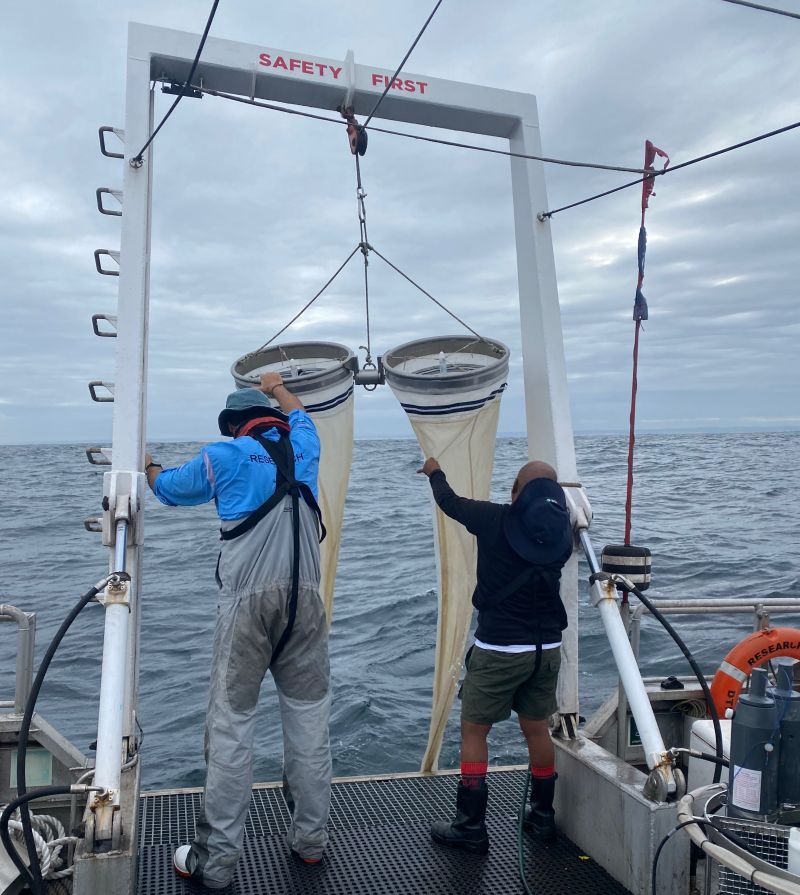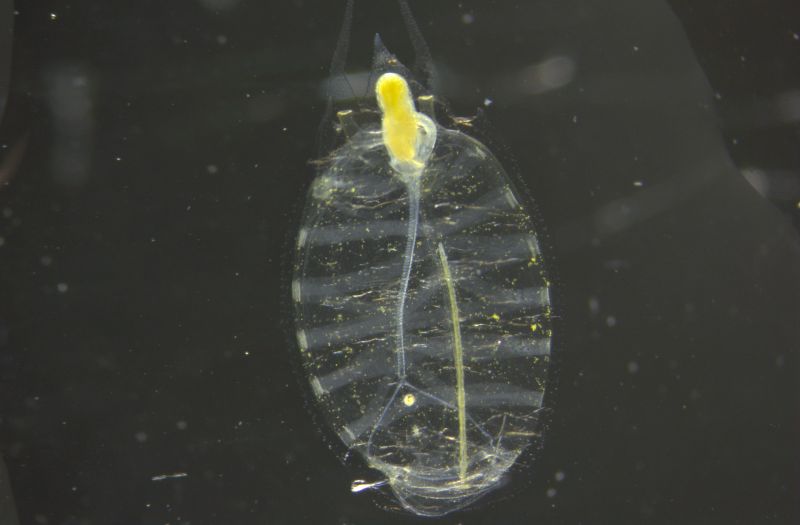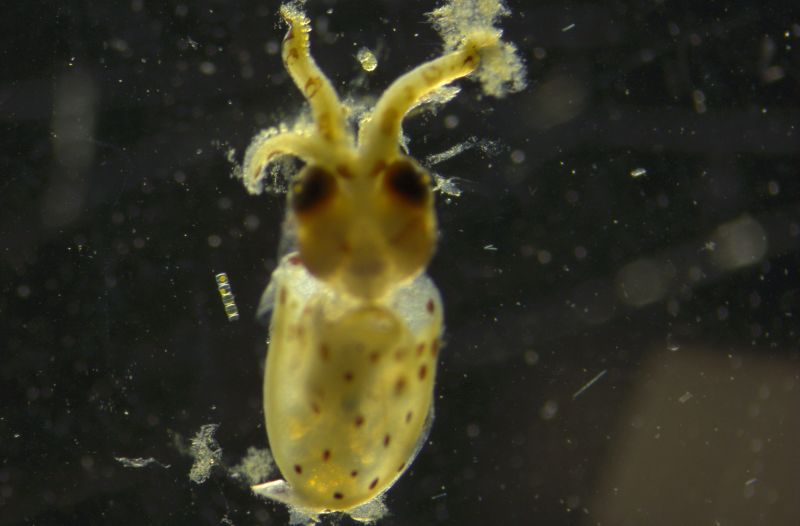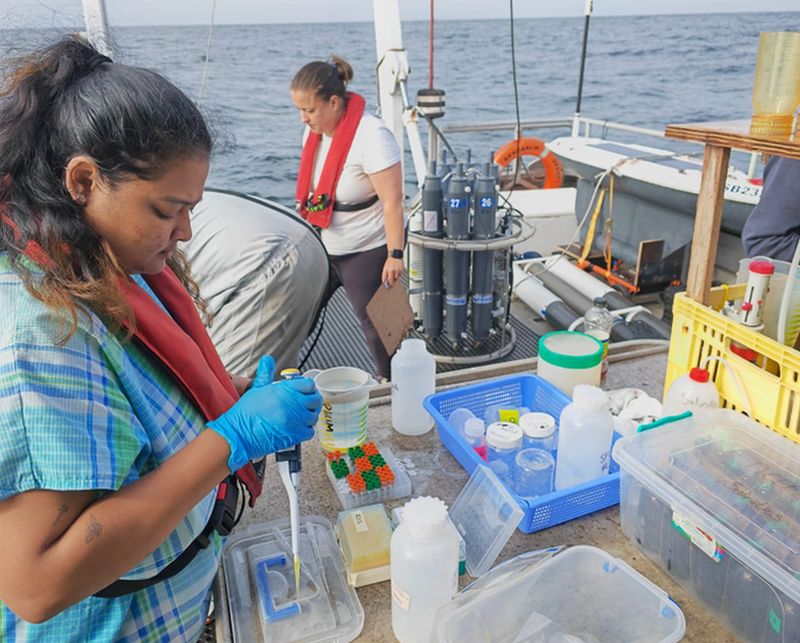Aim and impacts
The project was initiated to explore a range of processes and physical anomalies, including meanders, eddies and shelf-edge upwelling occurring in the Agulhas Current which impacts the near-shore and shelf region, particularly Algoa Bay, Gqeberha.
In addition, the work is intended to establish a robust monitoring programme comprising physical, biogeochemical and planktonic components of the southern Agulhas Current through regular boat-based surveys, to gain deeper insights into these phenomena. These anomalies have a significant impact on the adjacent coastal region and Algoa Bay, affecting coastal ecosystems, infrastructure and the livelihoods of local communities.
The new project strives to enhance the collective understanding of biodiversity and productivity in the region while also fostering societal benefits, particularly in areas such as fisheries, tourism, port operations and shipping practices. The project endeavours to establish stronger connections with policymakers and stakeholders through peer-reviewed publications and widespread science communication.
Moreover, the project offers a platform for training postgraduate students across diverse disciplines, encompassing physical oceanography, ocean modelling, ecosystem studies and biogeochemistry, as well as providing technical expertise in sea-going activities, instrument maintenance and data management.











